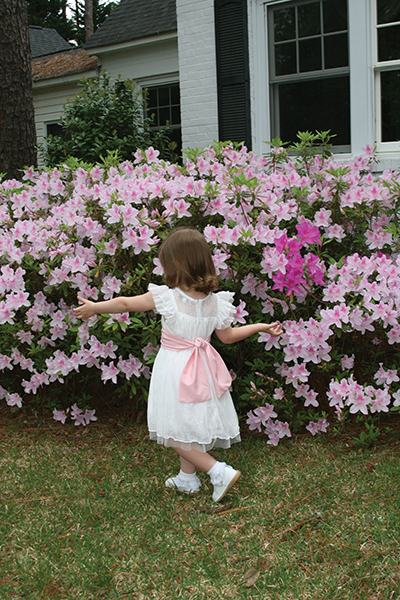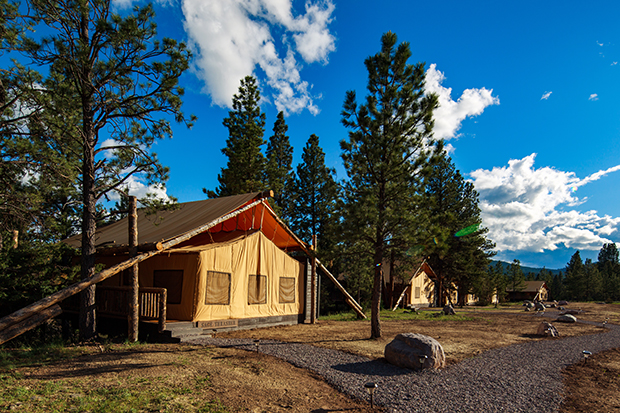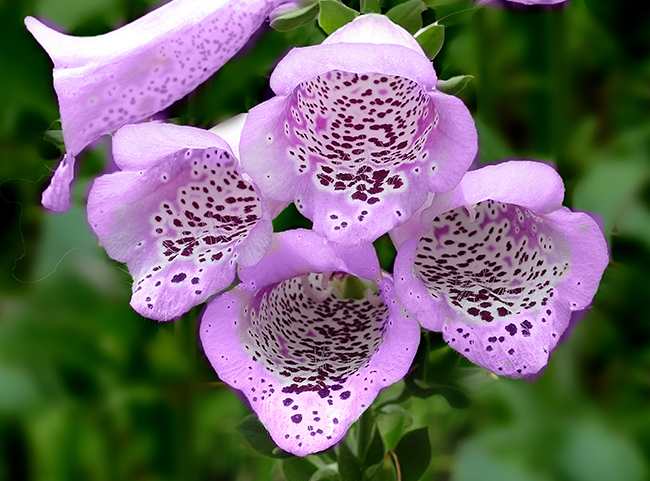Azalea Allure
05 Mar 2022
Growing beauty and community in Wilmington
Story and Photo by Christine Hall
 What does it take to endure the test of time? To hold unstoppable allure and retain true beauty? What does it take to become a celebrated and revered tradition? To be recognized as a marker of community and prosperity? If you are thinking of a place or a person, you are slightly off base. I’ll give you a hint. If you live in the South, the answer is right under your nose.
What does it take to endure the test of time? To hold unstoppable allure and retain true beauty? What does it take to become a celebrated and revered tradition? To be recognized as a marker of community and prosperity? If you are thinking of a place or a person, you are slightly off base. I’ll give you a hint. If you live in the South, the answer is right under your nose.
The native Rhododendron Azalea holds all the cards. Commonly referred to as Azaleas, the varying shrub – from petite and evergreen to lofty and deciduous – has been wowing gardeners and naturalists for centuries with its vibrant colors and plentiful blooms. About as Southern as sweet tea, the stately Azalea has forged its own colloquial path in North Carolina with its affinity for the Coastal Plains and with the help of some early nature crusaders who saw the plant as a gift to be shared.
It was in 1946 when photographer and conservationist Hugh Morton, founder of Grandfather Mountain and its nature reserves, raised the Azalea’s profile by photographing the dazzling species and promoting its worth among fellow naturalists.
“We’ve got something here that is worth showing off and something the public will love… So why not have a festival,” decided Morton and fellow conservationist Dr. Houston Moore. They began to encourage townspeople to plant Azaleas around their homes and public greenspaces and urged the local government to pitch in, resulting in the planting of more than 175,000 Azaleas at Greenfield Lake in Wilmington.
The festival vision was to host an outdoor gala where visitors could delight in the sublime comfort of the Cape Fear in springtime. Afterall, it is then that Cape Fear gardens bloom in effervescent hues signaling Spring’s triumphant return. After much preparation and planning, the first festival was held in April of 1948.
Each year Azaleas sparkle like shimmering pastel jewels along the Coastal Carolinas as temperatures warm. Home gardens burst in blooms of lemony yellow, alabaster, and speckled pink as life crawls from beneath winter’s blanket to step proudly back into the sun.
Fragrant honeysuckle and wisteria drape woodlands where mimosa trees dance along the coast. And along stream beds of the Cape Fear, you can catch glimpses of fiery ruby and citrine-colored native Azaleas that flourish near the wetlands. Back in “civilization,” well-manicured hybrid Azaleas decorate lawns and streets, inviting passersby to soak in the seaside landscapes.
In the case of Wilmington’s coastal scene, this celebration of Spring transpires at the North Carolina Azalea Festival – a marked event that has been hosted in the Cape Fear for 75 Years.
2022 marks the ‘Diamond Anniversary’ of the Festival, which still honors Azaleas that flourish in home gardens, shaded woods, and along the varied landscapes of the coast. Celebrating the Azalea has become part of the fabric of the community.
The four-day festival is a grand outdoor affair that blends music, food, artisans, vendors, and parades.
The community celebrates with oyster roasts, fireworks, pageants, and an annual Azalea Queen and Princess Coronation. Most importantly, visitors can soak in the historic beauty of Wilmington and its surrounding communities while connecting with nature and each other in meaningful and rewarding ways.
Like Morton and Moore, many of us yearn to embrace and form connections with the natural world around us. When we strive to further these connections with nature, we often form a meaningful narrative. But it is up to us, the observer, to decipher her notions and desires. One cannot help but wonder what Mother Nature is telling us each Spring as we drink in Her beauty. But it certainly pays off to lean in and listen.
For tickets and more information: ncazaleafestival.org














